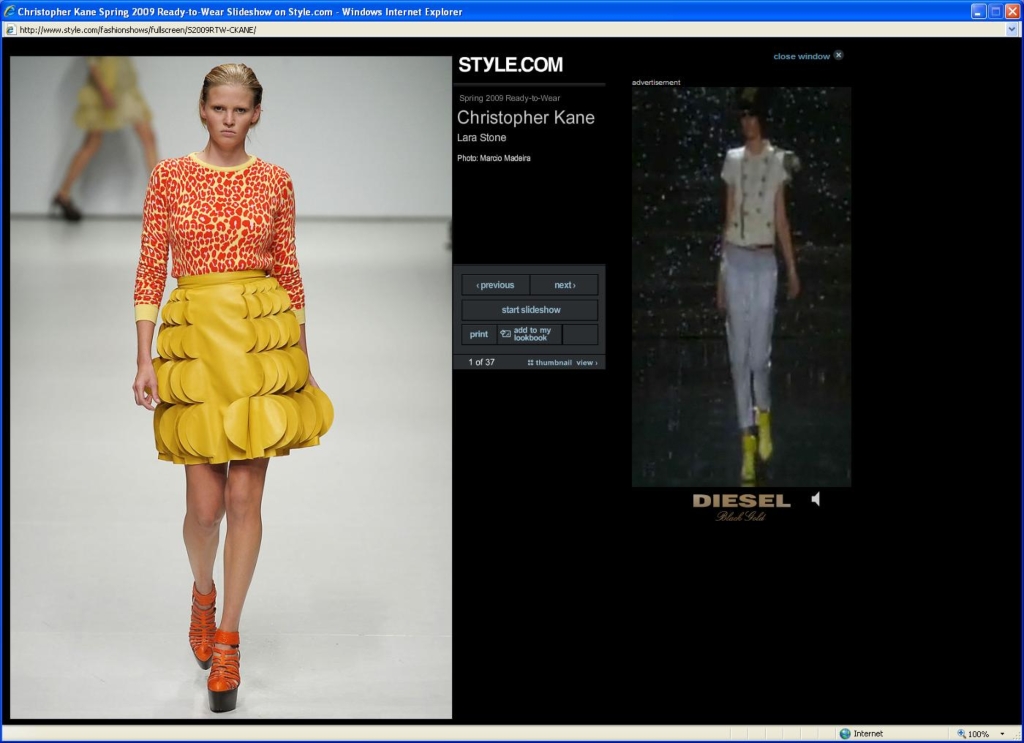
John Hersey
Hedge funds, already suffering from an ill-fated love affair with leverage, are finding themselves haunted by another problem. It turns out many so-called funds of hedge funds, portfolios with stakes in multiple hedge funds, also depended on borrowed money. Now, with lenders retracting credit, fund-of-funds managers are being forced to dump assets, putting further pressure on the hedge funds and the markets generally. It's "a vicious circle," says Kate Hollis, director of fund research at Standard & Poor's (MHP).
As the great edifice of leverage crumbles, funds of funds are faring worse than hedge funds. They're off 18.7% this year, vs. 15.5% for individual hedge funds. Among the funds of funds hit hard: some run by Fix Asset Management, Ontario Partners, and HRJ Capital, co-founded by former football star Ronnie Lott. All declined to comment for this story.
Funds of funds were supposed to be the safer choice for high-net-worth individuals and big institutions. By spreading their bets across dozens of investments, managers assured clients they didn't have to worry about a blowup in any single portfolio. It was the sort of flawed diversification argument used to justify many speculative investments during the boom, including those notorious collateralized debt obligations stuffed with subprime mortgage securities. The pitch fueled explosive growth: By the end of 2007, funds of funds accounted for 43%, or $747 billion, of the hedge fund industry, up from 19%, or $103 billion, in 2001, according to Hedge Fund Research.
OVERLOADED
Roughly half of that universe employed leverage. Some funds of funds borrowed directly from banks to buy $2 of assets for every $1 of investors' money. Brokers, meanwhile, encouraged wealthy customers to finance their fund-of-funds purchases on credit. Big banks sold "principal protection products," derivatives that supposedly guaranteed clients wouldn't lose a cent of their initial investment—and the banks in effect used leverage to create those insurance policies.
The funds of funds were layering leverage upon leverage. They owned hedge funds already loaded up with debt, roughly $6 for each $1 of capital. When credit seized up, the process began to reverse. "Once things start to delever, everything contracts," says Andrea S. Kramer, a lawyer at McDermott Will & Emery who represents hedge funds.
To protect themselves, such big global banks as France's BNP Paribas, KBC Group of Belgium, and the Royal Bank of Canada are now charging higher fees on loans they extended to funds of funds, or pulling the loans entirely. The tight credit is compelling fund-of-funds managers to sell their holdings, which is driving individual funds to dump stocks, bonds, and commodities.
The situation shows no sign of stabilizing. Consider CMA Global Hedge PCC, a $360 million fund of funds. The portfolio, which over the years used financing from JPMorgan Chase (JPM), Société Générale, and HSBC (HBC), is currently relying on credit from Citigroup (C) . Its holdings—47 hedge funds—are down 11%. Add in leverage, which amplifies losses, and CMA Global is off 25%.
Wary of Citi charging more for the fund's loan, manager Sabby Mionis is trying to sell hedge fund stakes to reduce debt. But a number of the funds have suspended redemptions, making it tough. Mionis is now working on a plan to return some money to investors: "For the foreseeable future, leveraged funds of funds are dead."
'Business' 카테고리의 다른 글
| Euro Zone Officially In Recession (0) | 2008.11.15 |
|---|---|
| the global financial crisis (0) | 2008.11.15 |
| most expensive webcam? (0) | 2008.11.15 |
| Dell's Impressive Studio Hybrid PC (0) | 2008.11.15 |
| GOP to Detroit: Drop Dead (0) | 2008.11.15 |



